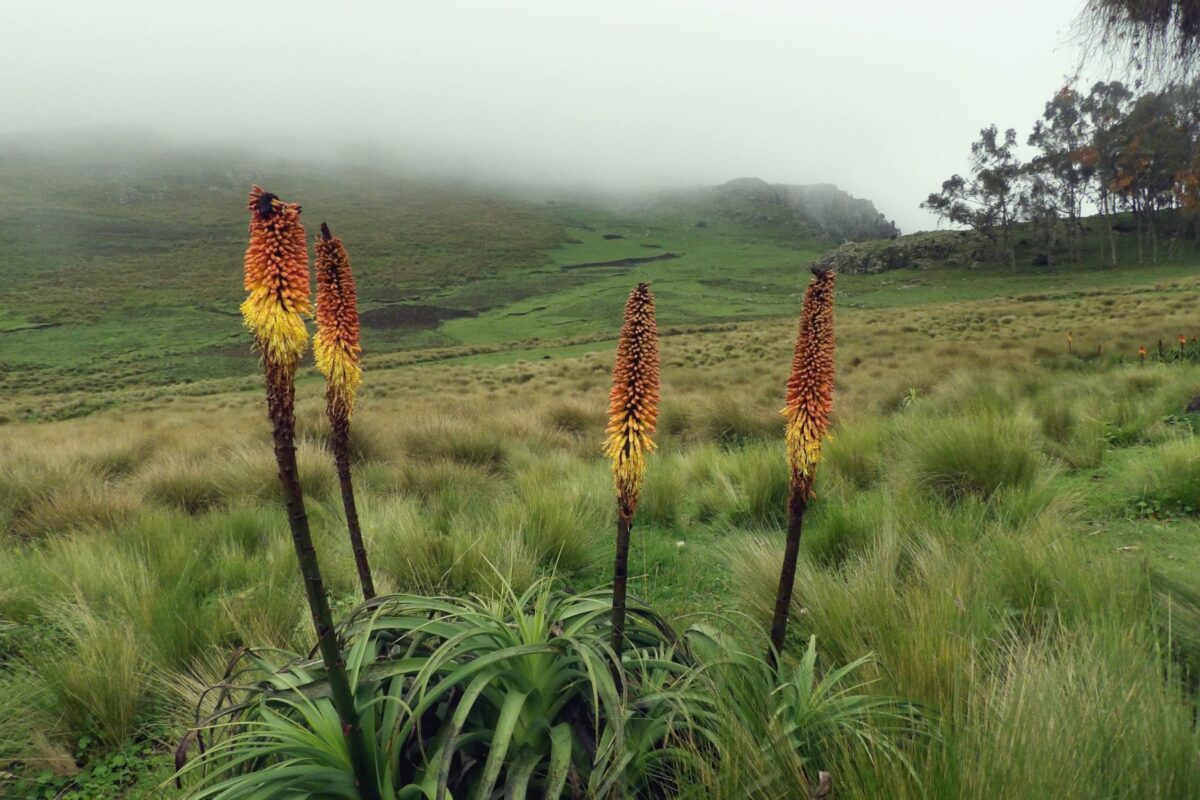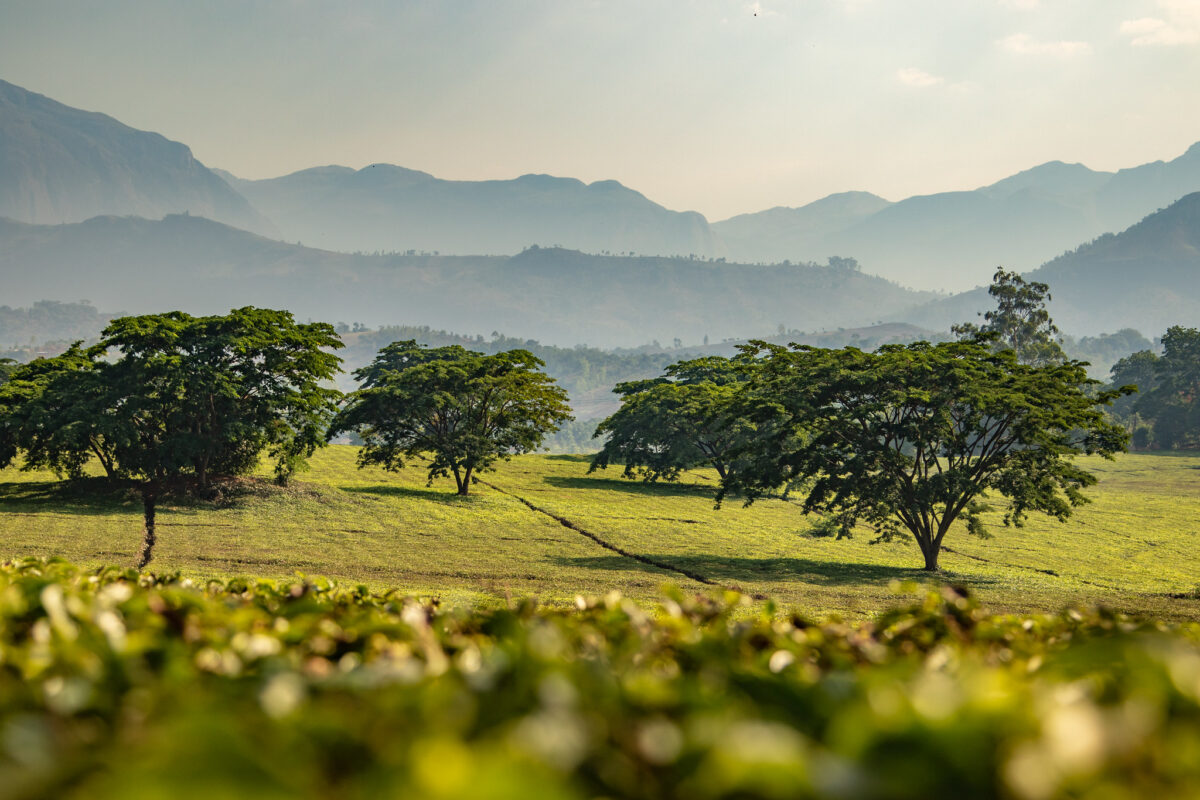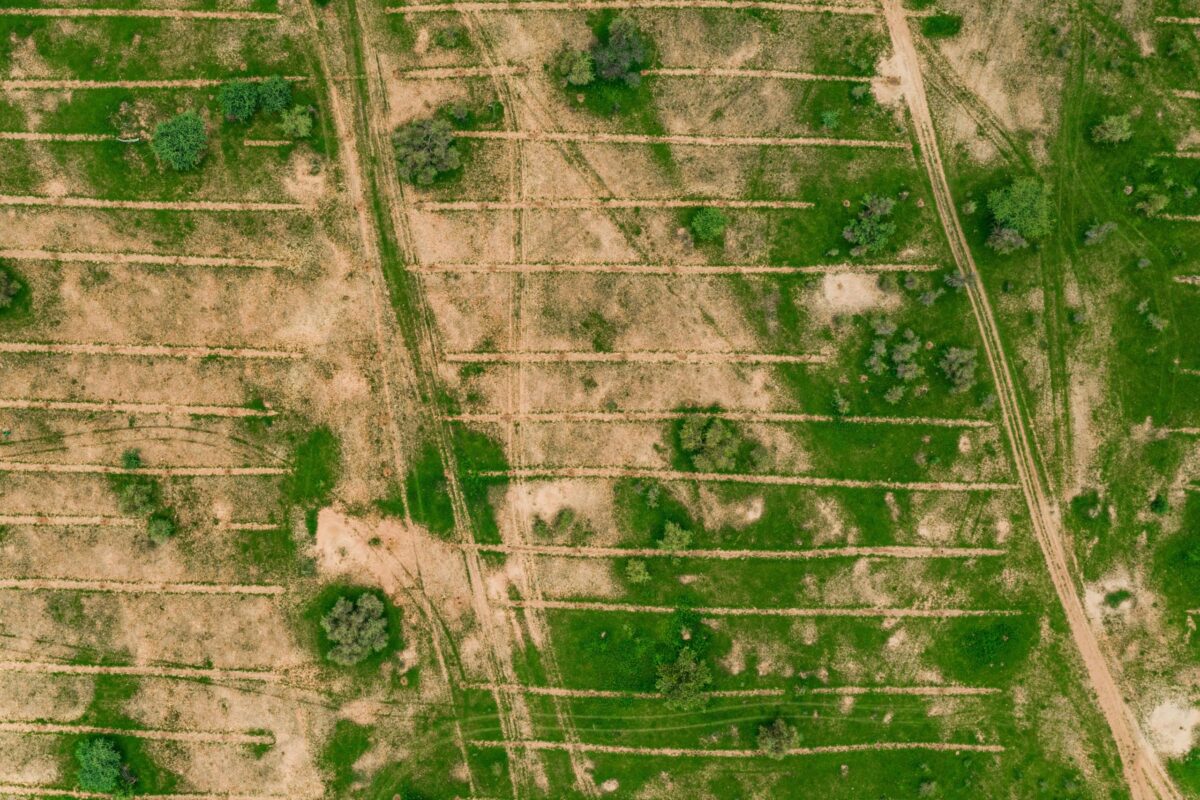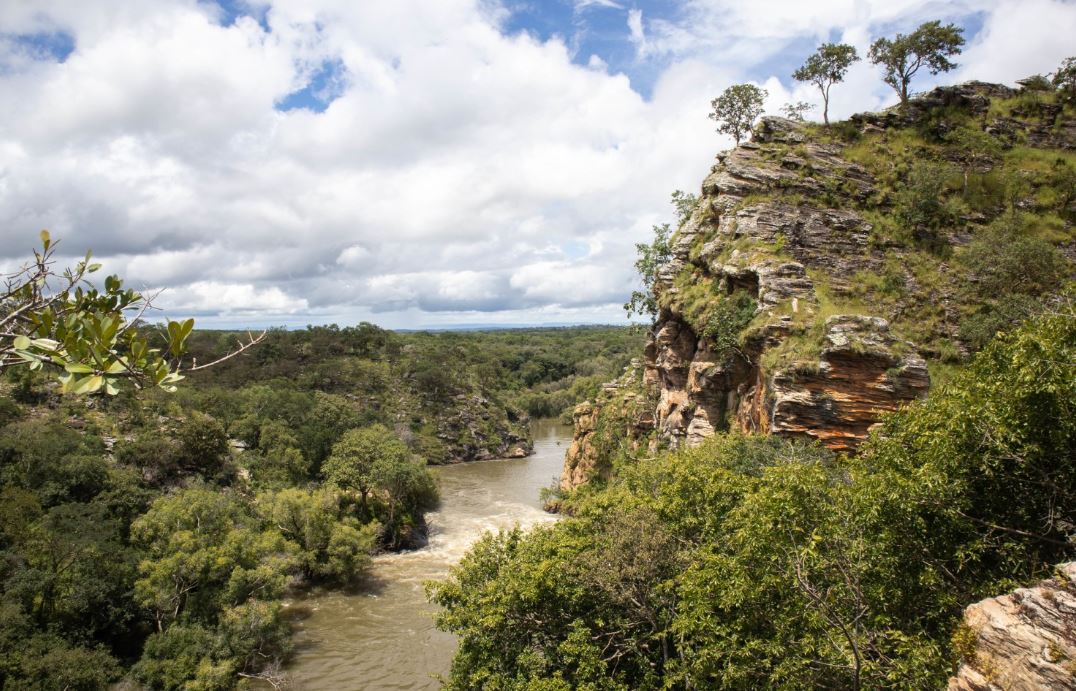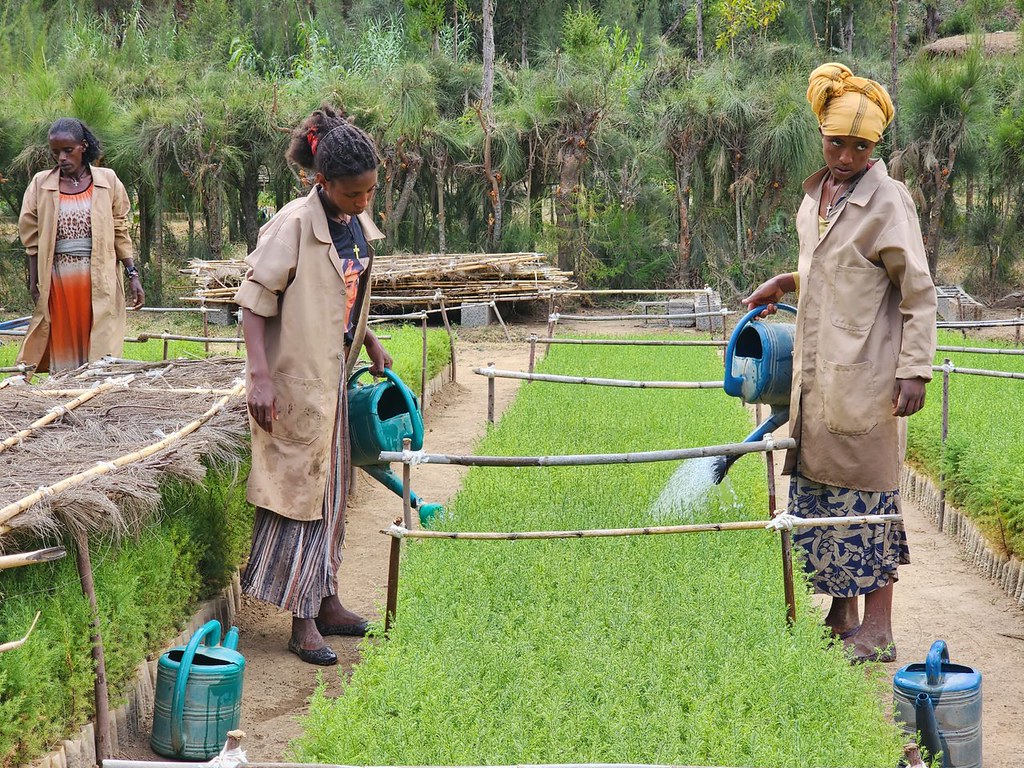Water scarcity affects around one-third of the world’s population and by 2025 that might grow to two-thirds. Despite the many benefits of trees, the establishment of trees in dry regions is often discouraged amid concerns that trees reduce water availability. This is known as the trade-off theory, which posits that more trees mean less water as transpiration and interception losses increase with increasing tree density.
There are few relevant studies on the relationship between tree cover and water yields in tropical drylands. This is where PhD candidate Aida Bargués Tobella, from the Swedish University of Agricultural Sciences, has stepped in. Through her PhD project she has shown that intermediate tree cover can indeed enhance groundwater recharge and thereby increase dry season water flows. Aida is arguing that tree-based landscape restoration and forestation of degraded lands can, if undertaken and managed properly, increase water availability while improving the livelihoods of local people and providing global benefits.
Together with a team of scientists, Aida explored how Shea/Karité trees (Vitellaria paradoxa) affect groundwater recharge in a cultivated open woodland (agroforestry parkland) in Saponé, a village located 30 km south of Ouagadougou, Burkina Faso. They developed and tested an optimum tree cover theory by which groundwater recharge is not maximized under a zero tree cover, as implied by the trade-off theory, but instead under an intermediate tree cover. What they found out is that some degree of tree cover was actually good for groundwater recharge. Below the optimal tree density the benefits from any additional trees exceed their extra water use, leading to increased groundwater recharge. Above the optimum, the opposite occurs.
Their research showed that without trees, surface runoff and soil evaporation are high, leading to low groundwater recharge despite the low transpiration rates. In comparison, in closed forests, total transpiration and interception are high and despite low surface runoff and soil evaporation groundwater recharge is low. At an intermediate tree canopy cover, low surface runoff and evaporation as well as intermediate transpiration can optimize groundwater recharge.
What this means is that, contrary to the predominant view, tree establishment and various tree management options can indeed improve groundwater resources.
But not only that. Reductions in tree cover might not only have a negative effect on groundwater, but also have a disastrous impacts on ecosystem services, agricultural production and livelihoods.
In the Sudano-Sahelian zone of West Africa, trees constitute major elements of the landscape and are usually integrated into the agricultural land (agroforestry parklands). In those systems, decreasing tree cover can result in diminished soil and groundwater recharge and a greater occurrence of overland flow. With these processes there is a higher risk of erosion, floods, agricultural droughts and water scarcity during the dry season.
In her PhD thesis, Aida argues that the trade-off theory has severe limitations and that it is currently not possible to draw any sound conclusions about the net impact of intermediate tree cover on groundwater recharge and dry season flows in the tropics in general, and in the (semi) arid tropics in particular. This lack of knowledge is striking given the extent and importance of landscapes with intermediate degrees of tree cover.
It seems that tree-based restoration of degraded lands at moderate tree covers would be a powerful solution to combat climate change and desertification and water scarcity in drylands.
The good news is that in Africa large scale restoration movements are already in place. For example, the AFR100, a country-led effort to restore 100 million hectares of degraded and deforested landscapes by 2030, and the Great Green Wall for the Sahara and the Sahel Initiative, recognize that tree-based restoration is a widespread opportunity and necessity for Africa.
Click here to read the full article.


